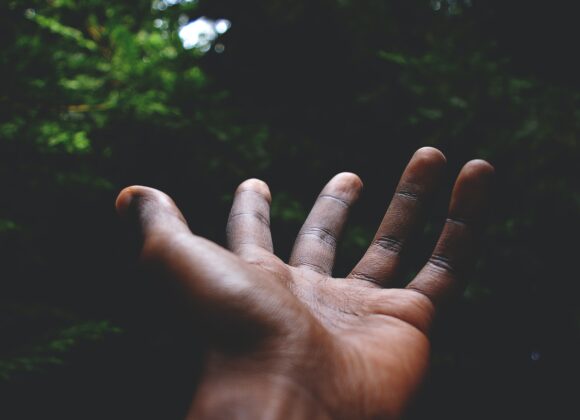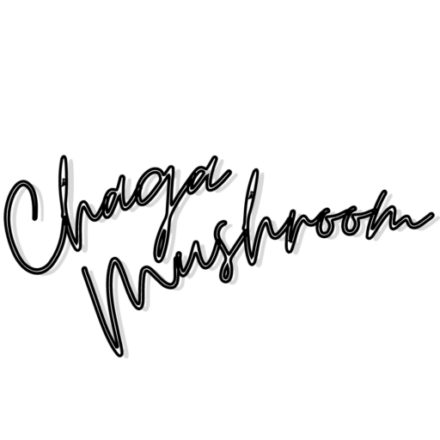Today many products and suppliers offer various Chaga products so the choice can become overwhelming. In this article, we’ll discuss how and where to buy Chaga. This guide aims to help you make educated decisions and buy Chaga products that fit your needs and serve your body.
The easiest way to explain the market is to divide Chaga products into three categories, which go as follows.
1. Raw Chaga chunks or powder
Chunks, or nuggets, are little pieces of fungi cut up. Chaga powder, on the other hand, is the fungs’ dried chunks further processed into a powder.
If you’re looking for genuine raw Chaga, it’s best to buy Chaga chunks. The reason is that these little nuggets are the best visual indicator of the quality of your fungus. There’s an art to harvesting and drying the fungus that will determine whether it will bring you any medicinal value, like the fact that the outer layer of Chaga (Sclerotium) will need to be intact. Sclerotium is a precious part of the superfood, containing high amounts of melanin; this is where most of the antioxidant properties are found.
To avoid health hazards caused by mold, Chaga needs to be properly dried. The process of drying Chaga isn’t complicated, but it’s important not to let the temperature exceed 50 degrees Celsius. There are two most prevalent types, of which the more common one is a white mold on the Sclerotium – black outer layer and a greenish-blue mold in the inner layer. So you’ll quickly be able to tell if or when the batch of Chaga chunks is contaminated.
Remember that you can also re-use the nuggets up to five times before they lose their potency, whilst Chaga powder should only get used once.
Related: Key things to know about Chaga
2. Chaga tinctures
The Chaga tincture has the highest potency and is the most popular way of consuming this medicinal fungus. However, not all companies selling Chaga extract tinctures use the same extraction process. Many are made using the traditional water extraction process, while others only use alcohol. The best extraction method is believed to be dual extraction, that Chinese companies started to sell in the early 2000s.
Related: Chaga extraction methods
3. Other products
Under this category are all the different mushroom blends, coffees, elixir shots, protein bars, skincare, and other more processed Chaga products you can buy. It’s exciting and fun to discover the creative, delicious, and well-marketed items, but remember that the quality of the Chaga sold can differ astonishingly.
Chaga gets most of its nutritional value from its host – the Birch tree. Therefore, the medicinal value of Chaga harvested from trees other than birch may be entirely different. You should especially pay attention to your Chaga being wild harvested, as we’ve heard of Chaga grown in laboratories.
Another thing to look out for is the quantity of Chaga in these products. Many products are far from the 2500mg recommendation and might not serve you with many health benefits.
Three things you should know before buying Chaga
1. Chaga needs to be harvested from a living tree, preferably in spring
Chaga will only stay alive and sterile whilst the host tree is living. This means that once the birch tree has died, the mushroom has died and will only develop fruiting bodies to start another life cycle. That’s why trusting your supplier’s integrity to provide you with a living, high-quality Chaga is essential.
The optimal time for harvesting the fungus is in spring when the birch sap has started to run. The sap contains dissolved mineral salts and nutrients, which are also absorbed by the fungus and made bioavailable for you upon consumption.
2. Harvesting ethics
For us to keep using Chaga, the fungus must be harvested sustainably, as it can take up to 20 years to mature. Sustainable harvesting of Chaga means that 40-50% of the fungus will be left on the tree.
Unfortunately, many bigger companies are irresponsibly damaging the trees in the forest to harvest Chaga and selfishly taking the entire piece of Chaga they find, leaving the once thriving and beautiful birch tree to die. That’s why we encourage people to research the companies they wish to purchase from.
If you decide to go Chaga “hunting” yourself, use the proper tools. A sharp hatchet will help cut off the mushroom pieces without damaging the tree. Remember that only 3 small chunks of Chaga last you months of use. Don’t forget; you can re-use the chunks 6 or more times. An indicator for this is to keep using them in hot water until the water turns clear.
Related: How to harvest healthy Chaga?
3. The art of drying Chaga
Whether you’ve decided to harvest Chaga yourself, bought it locally, or chose to go with a supplier, the most important part of preparing the mushroom is drying it. Cut the harvested Chaga into small chunks while it’s still moist, often right next to the tree. That’s because once the fungus has been removed from the birch, it’ll slowly start to dry out.
The biggest problem with harvested Chaga is mold. There are two most prevalent types, of which the more common is a white mold on the Sclerotium – black outer layer and a greenish-blue mold in the inner layer. Both develop with improper processing and storage.
To avoid health hazards caused by mold, Chaga needs to be properly dried. The process of drying Chaga isn’t complicated. Make sure not to let the temperature exceed 50 degrees Celsius. Feel free to use a dehydrator or dry them in an oven by keeping the door open for airflow. Perhaps you’ll even find a dry, warm, well-ventilated spot to leave the Chaga to dry safely. Experiment with different tools available for you. The drying process generally takes a few days, up to weeks, if dried in the sun.
When your Chaga is dry, you want to store it in a cool, dry place, away from direct sunlight – stored properly, dried Chaga can last for years.
Related: Drying and storing Chaga
Where to buy Chaga?
No matter where you are, it’s relatively easy to get your hands on Chaga. Whether you prefer to browse around at farmers’ markets or health food stores or order in line, you’ll find Chaga in various forms that suit your needs. Yet again, keep in mind you take a moment to get to know your supplier or the company you’re placing an order from to see whether they’re following ethical and honest practices.










